Charter Oak Frame
A portrait of the Charter Oak hangs in a frame made from the Charter Oak.
On Wyllys Hill in Hartford in colonial-era Connecticut grew a large oak tree that would become famous, thanks to the strange tale of how it got its name.
According to legend, the Charter Oak is named after the unique Royal Charter brokered by John Winthrop Jr., the governor of the colony in 1662. King Charles II of Britain granted a charter that gave Connecticut an unusual amount of freedom of government and liberties generally unheard of in Royal Charters. Most importantly, it gave the colony the right of self-governance.
However, when King Charles’ successor, James II, ascended the throne, he wanted to consolidate several colonies into the Dominion of New England. He sent Sir Edmond Andros, the English governor of the dominion, to the colonies to confiscate their charters. Andros arrived in Hartford and demanded the Connecticut Charter. The leaders started to hand it over to him, but during the process they extinguished the lights and in the confusion a colonial captain spirited it out of the building that held the charter and hid it in the giant oak tree on Wyllys Hill.
The salvaged charter became both a huge point of pride for the Connecticut people and a sign of independence. Andros never got Connecticut’s charter. The leaders of the colony claimed it was “stolen” and that they were doing their best to comply with the will of the king. However, they were likely all complicit in the abduction.
The oak tree on the hill was forever after called the Charter Oak. It became a symbol of Connecticut and can be seen in iconography throughout the state. Sadly, it was knocked over during a storm in August of 1856. The government and citizens of Connecticut scrambled to save and use the wood of the giant oak to create relics of the tree.
The governor’s desk was supposedly made from the wood of the Charter Oak, as well as chairs for certain important members of the state senate. Acorns from the tree were planted, and the “children” of the Charter Oak are still beloved by Connecticut citizens.
In the Wadsworth Athenaeum, a portrait of the Charter Oak, framed in wood from the Charter Oak itself, hangs on display. It was painted in 1857 after the tree’s unfortunate death. In the background, the Onion Dome of the Colt Manufacturing Factory can be seen—a nod to the modernization of Hartford.
Many Connecticut citizens have also left their personal pieces of the Charter Oak to the state historical society in their wills. These cherished wooden relics are part of the historical society’s collection, though not always on display.
Know Before You Go
The painting and frame are in the American Decorative Arts Section. The museum is free to Hartford residents with proof of residency.

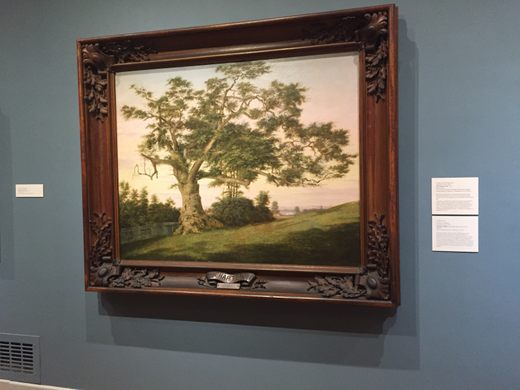

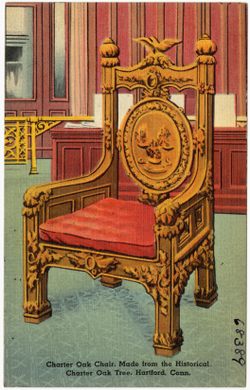
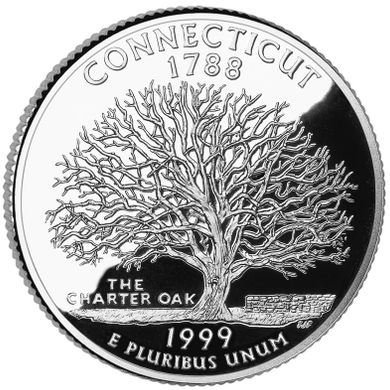






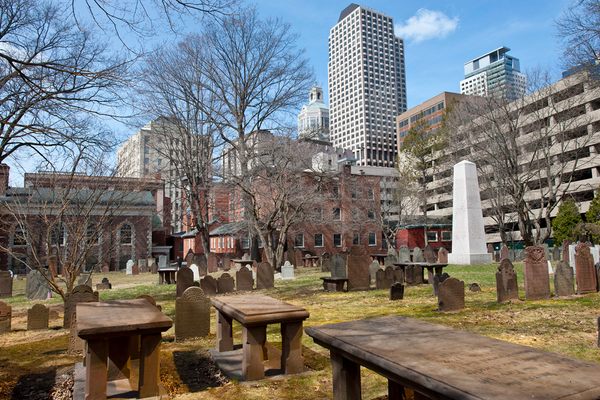

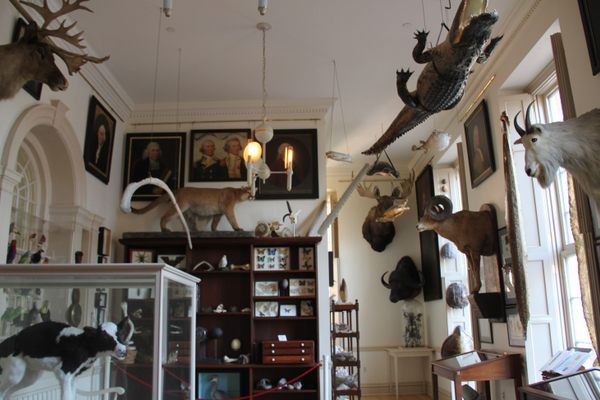
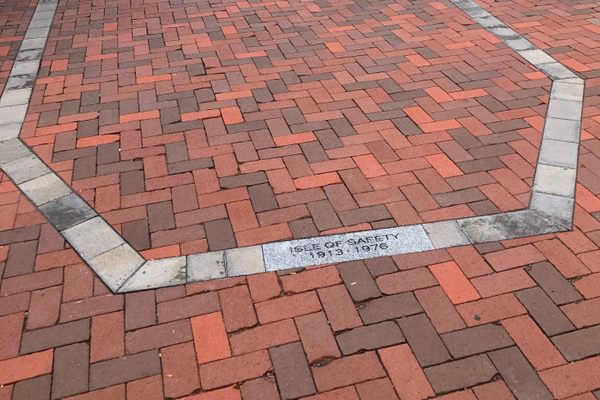



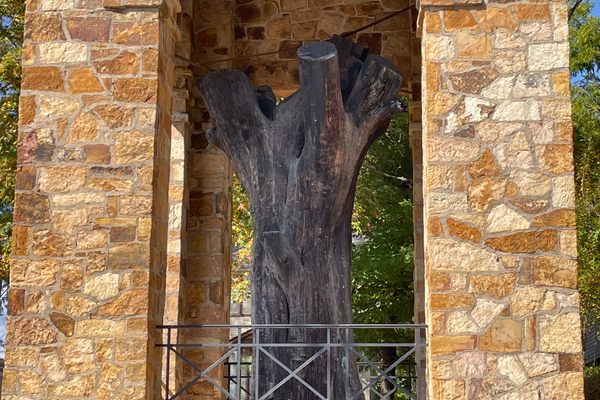

Follow us on Twitter to get the latest on the world's hidden wonders.
Like us on Facebook to get the latest on the world's hidden wonders.
Follow us on Twitter Like us on Facebook